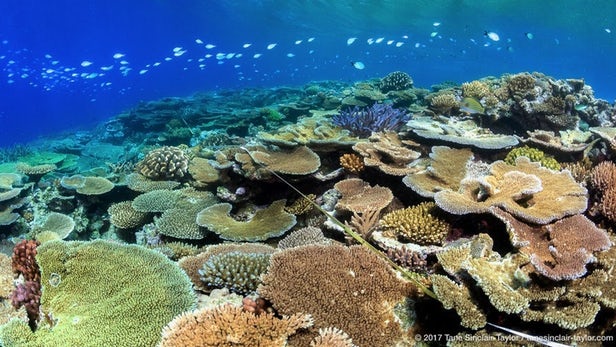
Breaking News
 Tucker Carlson just DESTROYED Ben Shapiro and conservatives better pay attention | Redacted
Tucker Carlson just DESTROYED Ben Shapiro and conservatives better pay attention | Redacted
 Ukraine's TIME IS UP! Putin is done talking peace | Redacted News
Ukraine's TIME IS UP! Putin is done talking peace | Redacted News
 The Terrible Truth About The U.S. Economy Can No Longer Be Denied
The Terrible Truth About The U.S. Economy Can No Longer Be Denied
Top Tech News
 HUGE 32kWh LiFePO4 DIY Battery w/ 628Ah Cells! 90 Minute Build
HUGE 32kWh LiFePO4 DIY Battery w/ 628Ah Cells! 90 Minute Build
 What Has Bitcoin Become 17 Years After Satoshi Nakamoto Published The Whitepaper?
What Has Bitcoin Become 17 Years After Satoshi Nakamoto Published The Whitepaper?
 Japan just injected artificial blood into a human. No blood type needed. No refrigeration.
Japan just injected artificial blood into a human. No blood type needed. No refrigeration.
 The 6 Best LLM Tools To Run Models Locally
The 6 Best LLM Tools To Run Models Locally
 Testing My First Sodium-Ion Solar Battery
Testing My First Sodium-Ion Solar Battery
 A man once paralyzed from the waist down now stands on his own, not with machines or wires,...
A man once paralyzed from the waist down now stands on his own, not with machines or wires,...
 Review: Thumb-sized thermal camera turns your phone into a smart tool
Review: Thumb-sized thermal camera turns your phone into a smart tool
 Army To Bring Nuclear Microreactors To Its Bases By 2028
Army To Bring Nuclear Microreactors To Its Bases By 2028
 Nissan Says It's On Track For Solid-State Batteries That Double EV Range By 2028
Nissan Says It's On Track For Solid-State Batteries That Double EV Range By 2028
Robots to play "stork" and plant coral larvae around the Great Barrier Reef

An all-out assault on coral predators, giant fans to combat rising sea temperaturesand recycling dead corals are all proposals being put on the table. The latest to emerge involves robots playing the role of "the stork" and distributing coral larvae across the Reef to promote new growth.
The Great Barrier Reef has been devastated by a string of major bleaching events, most recently in 2016 and 2017 that left the middle and northern sections of the Reef severely damaged. These bleaching events occur when abnormal sea conditions, such as warmer waters, cause stress on the algae living inside the coral and leave them withered, whitened and in danger of dying. Coral can bounce back on its own from these kinds of severe bleaching events, but with sea temperatures expected to continue rising, conservationists are looking at ways to give them a fighting chance.

 Can the President Tax You?
Can the President Tax You? Carbon based computers that run on iron
Carbon based computers that run on iron

